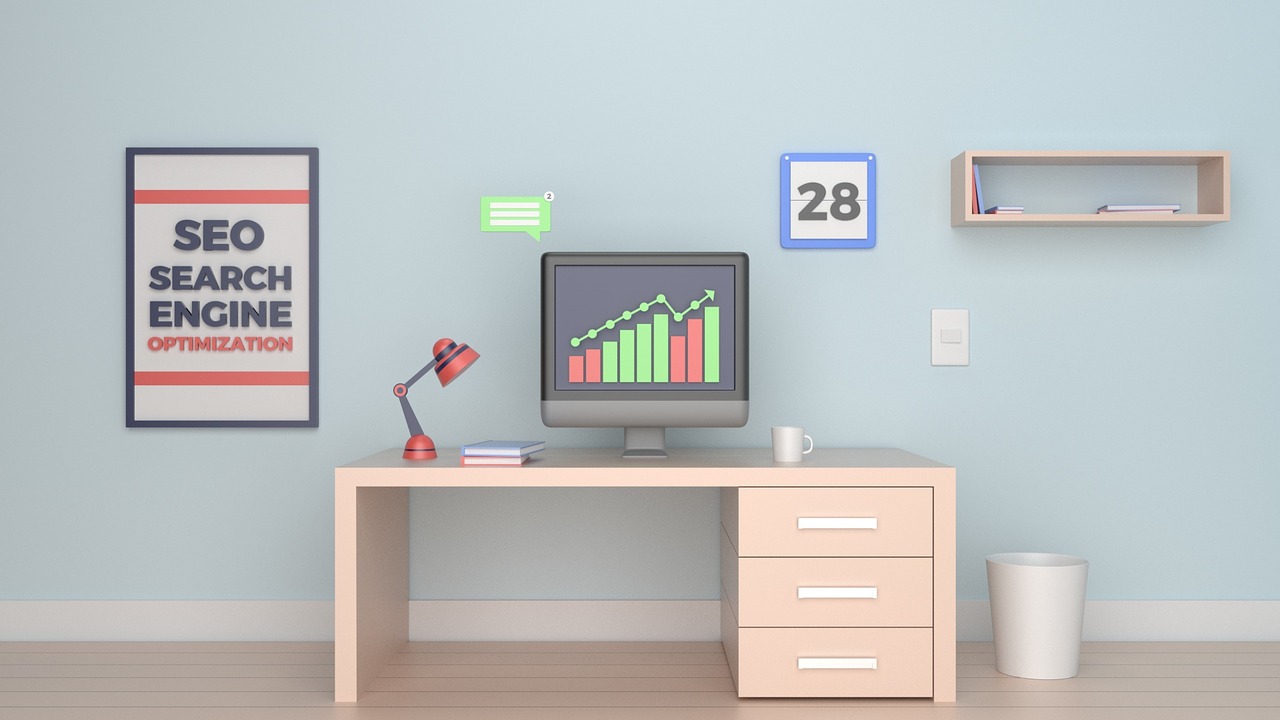Ecommerce SEO: How to Optimize Your Online Store For Search Engines in 2021

Google is the first stop for almost all people to buy or search for something online. But they don’t have time or patience to look through two pages of search results or even more links except the first three on the first SERP. So, if you are not showing on the top of the search results of buyers, they will not know that you exist
You need to optimize your online store so that it ranks in search engine results and to show up your business to your customers. This makes it easier to drive more organic traffic to your online store.
What is E-commerce SEO?
SEO refers to Search Engine Optimization, which can help to increase your website’s organic traffic and rank it high on search engines. E-commerce SEO is the one that is used to rank your product pages on Google search results to get organic visitors to your website.
Why is E-commerce SEO important?
By implementing E-commerce SEO, the brand gets more viewability in the search results and thus, acquire more customers and sales.
Statistics say, 81% of shoppers search for a product or service they desire to buy. Hence, ranking in search engine results has a great impact on increasing the organic traffic to your website and brings in the highest revenue.
How to do E-commerce SEO?
Now that you know what is SEO and what are its benefits let’s see how you can apply it to your E-commerce store. Here is how you could possibly optimize your online store for search engines in 2021.
Keyword Research
There are different types of keywords and search queries that people use to search for any product. SEO is related to keywords. Finding out what keywords searchers use to find products as yours is a key to success.
These keywords you would like to use in your category pages, product pages, and in your content to optimize your entire store.
Analyze Competitors
The keyword you search for in the search engines shows a number of results and the first few results shown are your competitors.
Analyze your competitor’s website, product pages, categories, titles, and metatags. Investigate further to know in which way they optimize their product pages. To better understand your competitors’ site, use tools like SEOquake that can provide complete metrics about SEO audit, and compare different websites.
On-page SEO
After completing the research you will have a handful of keywords to target and can start with the optimization of keywords by placing them in the different areas of websites. The main keywords go in the titles and meta descriptions.
Create long, in-depth product and category pages to let Google understand more about what your page is about. Keep your URLs short and user-friendly. Give internal linking to other priority pages of your site.
Local SEO
If you run a brick and mortar store as well as an online shop, then local E-commerce SEO comes into existence. Add your store to Google Maps with Google My Business to let users find you easily. Build local citations for your business and add details like website name, address, and phone number.
Get more reviews from customers so as to let Google know more about your business. Ranking factors are also impacted by reviews and ratings.
Content Marketing
Optimizing only product pages and category pages is not enough. People also search for information or solve a problem in search engines. If your website is lacking content, you are missing a vast amount of potential customers.
Post educational content like how-to’s, tutorials, and comparisons. Focus on creating valuable and detailed content that helps your customers. High-quality content can lead to targeted traffic and increases the domain authority of your site.
Improve Mobile Experience
If your site is not optimized for mobiles, you will not only be thrown by Google but also lose important factors that can boost SEO. Research by Google says, 5% of mobile users will abandon a site if it doesn’t load within 3 seconds.
To improve site speed you should lessen code, optimize images, reduce redirects, and utilize browser caching. The site design must be responsive in any screen size to prevent site escape ratio.
Focus on Search Intent
Before publishing content, look for the relevant keywords that the user is intended to search. If your content does not match the search intent for that keyword, it will not rank in the search engines.
If you have previous posts that don’t rank, try rewriting the content focusing on the search intent keywords. This will boost the search engine traffic for the targeted keywords.
Build Links to your Targeted Pages
Link building helps to boost SEO by showing search engines that your content is appropriate. Link building helps to increase the trust of your site as well as bring more organic traffic.
The links from other sites linked to your website are inbound links. High-quality inbound links help in good SEO rankings. You can also create outbound links by submitting your content to the relevant sites.
Evaluate your success
It’s essential to measure how much organic traffic you are able to get, what works, and what needs to be improved.
Google Analytics is used to measure your organic traffic and engagement metrics. You can also use pro SEO tools like Google Data Studio, SEMrush, Ahrefs, and MOZ to get detailed information on your success. Check your analysis frequently and make necessary changes.
Update your content
Updating content on regular time intervals works very well to improve SEO performance. Relaunch existing content, change old images and screenshots, delete unnecessary information.
Updating existing content can increase organic traffic by 111.3%. Hence, it is a great way to boost your SEO results.
Conclusion:
Hence, SEO is the most effective way to get trustworthy, specific, and free traffic to your site. To control Google search results and win business sales with modern SEO services relish the Search Engine Optimization Service.
However, optimizing your online store for search engines is a continuous process. You have to constantly respond to changing marketing trends and search engine algorithms. Monitor your site performance and sharpen your SEO strategies.
Happy Reading

